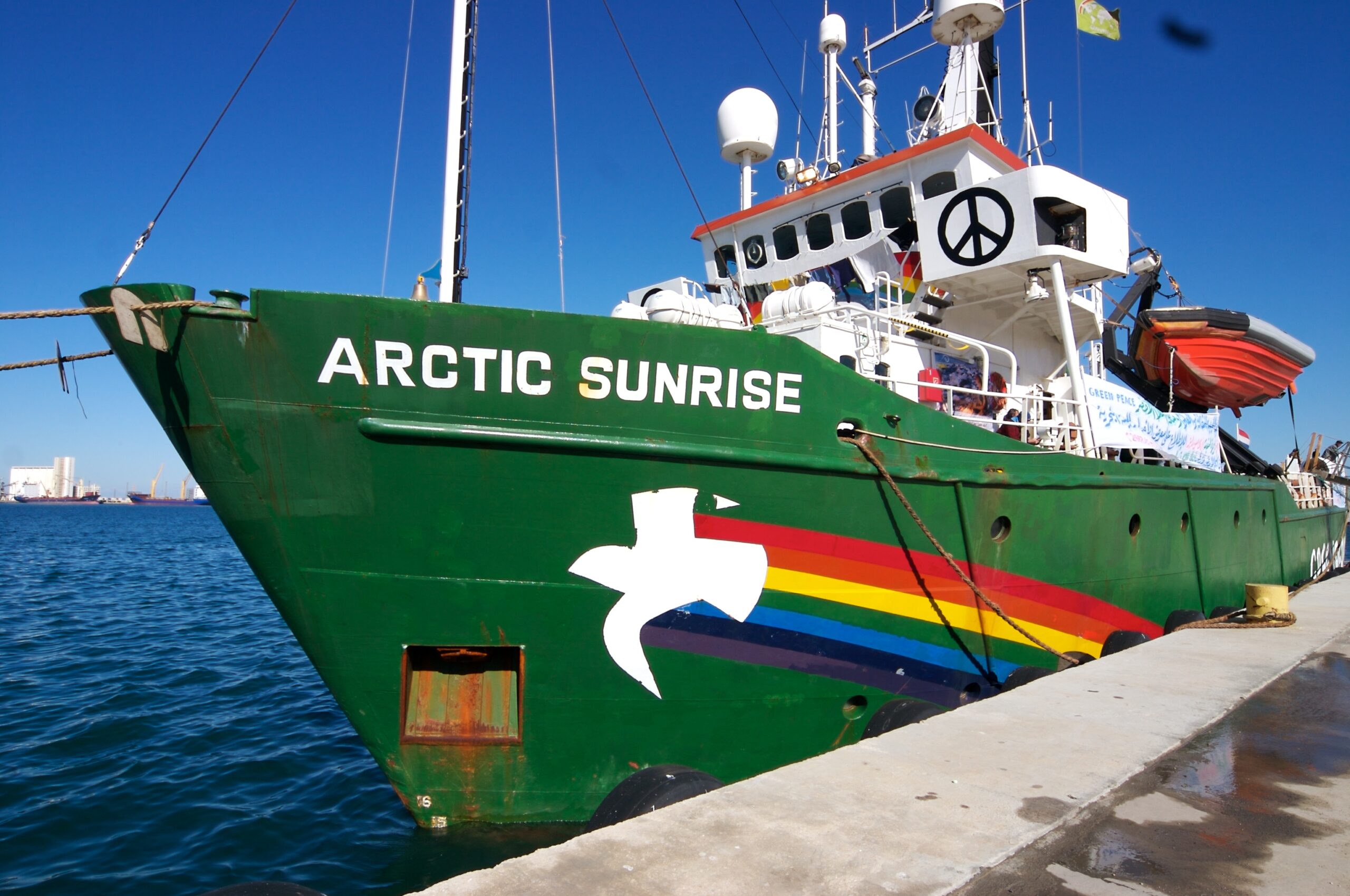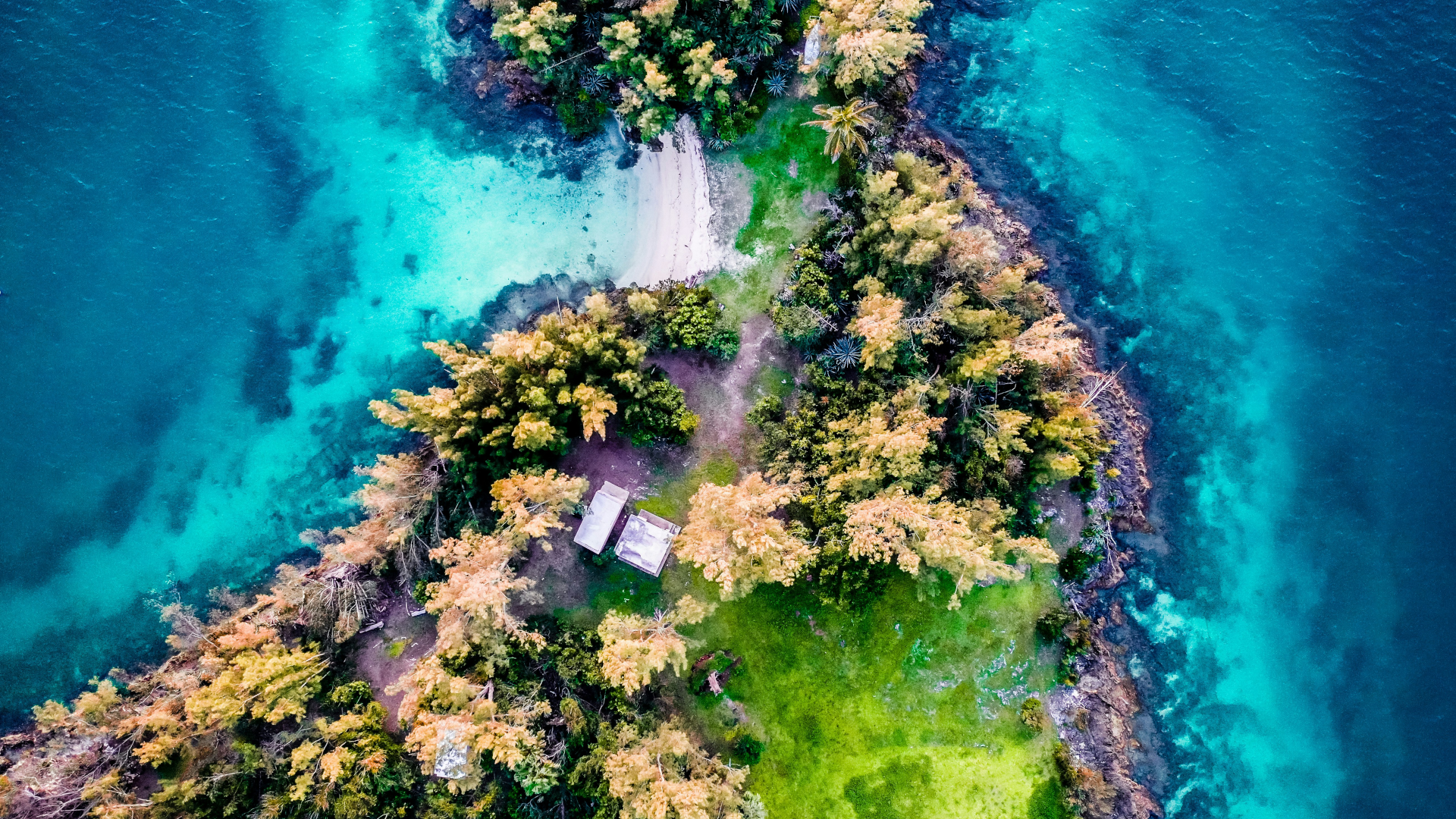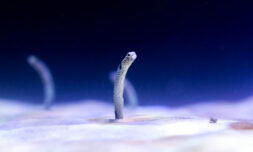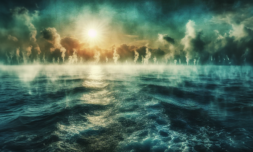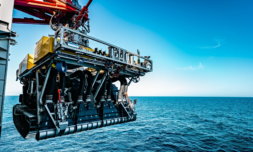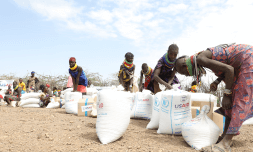Next month, Greenpeace’s Arctic Sunrise will sail to Bermuda to conduct scientific research and document wildlife in the island’s surrounding ocean. The trip is part of a global initiative to promote the UN Global Ocean Treaty which was enacted last year.
For two weeks in May, the global conservationist organisation Greenpeace will visit the island of Bermuda to conduct research and survey wildlife in the Sargasso Sea.
The Sargasso Sea is a two-million square mile open ocean ecosystem, connected by the circulating currents of the North Atlantic Gyre. Situated right in its centre, Bermuda is responsible for managing and protecting a small part of its waters.
During its visit, Greenpeace aims to promote the creation of a high-seas ocean sanctuary in Bermuda, leveraging the signing of the UN’s Global Ocean Treaty last year.
The treaty – which was 10 years in the making – grants legal protection to 60 percent of the world’s oceans (also known as the high seas) from activities such as overfishing by industrial fleets, plastic dumping, and other forms of marine pollution.
Most of the vast Sargasso Sea falls under the category of the high seas, which have been somewhat lawless until recently. This is a problem, as this area contains a ‘rainforest of Sargassum seaweed’ which provides a unique and irreplaceable home for both endemic and endangered species, including young sea turtles.
Greenpeace is pushing for greater attention and conservation efforts in the region, calling upon Bermuda to use its extraordinary position by leading the charge.
